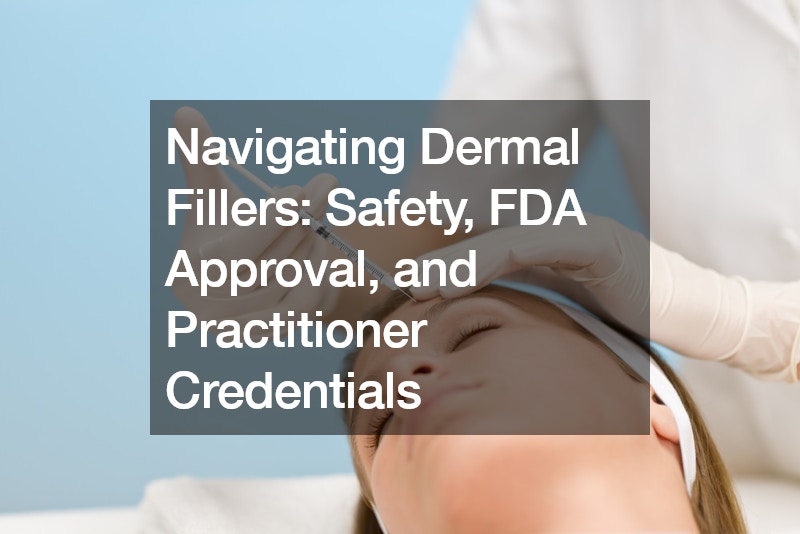Dermal fillers have become increasingly popular for rejuvenating the skin and restoring lost volume, but ensuring their safety and efficacy requires careful consideration of several factors.
One critical aspect is understanding the composition of fillers and their compatibility with the body. Many fillers, such as polylactic acid, are synthetically produced but are considered biocompatible, meaning they pose minimal risk of allergic reactions or adverse effects when injected.
FDA approval is another crucial factor to consider when opting for dermal fillers. Fillers approved by the Food and Drug Administration undergo rigorous testing to ensure their safety and efficacy for cosmetic use.
Choosing FDA-approved fillers provides patients with confidence in the product’s quality and reduces the risk of complications.
However, the availability of non-approved fillers in the market poses significant risks. These unregulated products may contain unknown substances or be administered by unqualified practitioners, increasing the likelihood of adverse reactions or complications. It’s essential for individuals seeking cosmetic procedures to prioritize safety by consulting board-certified practitioners with appropriate credentials. Whether considering a dermal fillers treatment for facial rejuvenation or volumization, ensuring these key factors are in place is necessary for a successful outcome.
In addition to FDA approval and practitioner credentials, patients should also be cautious about the source of fillers. Obtaining fillers from reputable sources, such as licensed medical professionals or authorized distributors, ensures product authenticity and minimizes the risk of counterfeit or substandard products.
Ultimately, navigating the world of dermal fillers requires thorough research and diligence. By prioritizing safety, FDA approval, and practitioner credentials, individuals can achieve desirable aesthetic results with confidence and peace of mind.
.


